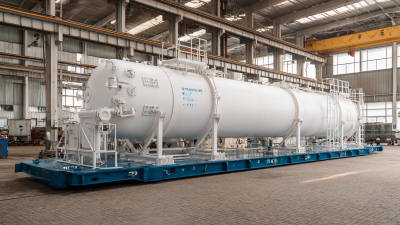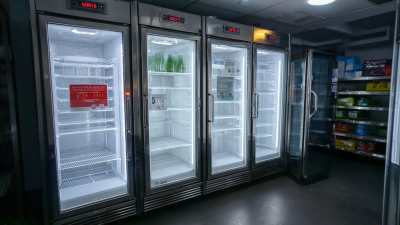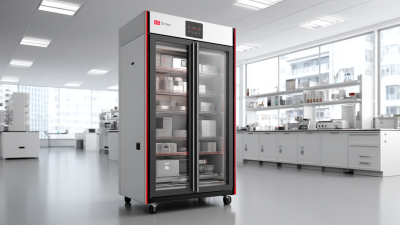
-
Home
-
About us
-
Products
-
Solutions
-
News
-
Blog
-
Contact us
Leave Your Message

In the world of scientific research and industrial applications, optimizing Cryogenic Storage is essential for ensuring the longevity and integrity of sensitive materials. As technology advances, the need for highly efficient storage solutions becomes even more critical, especially in fields such as biotechnology, pharmaceuticals, and materials science.
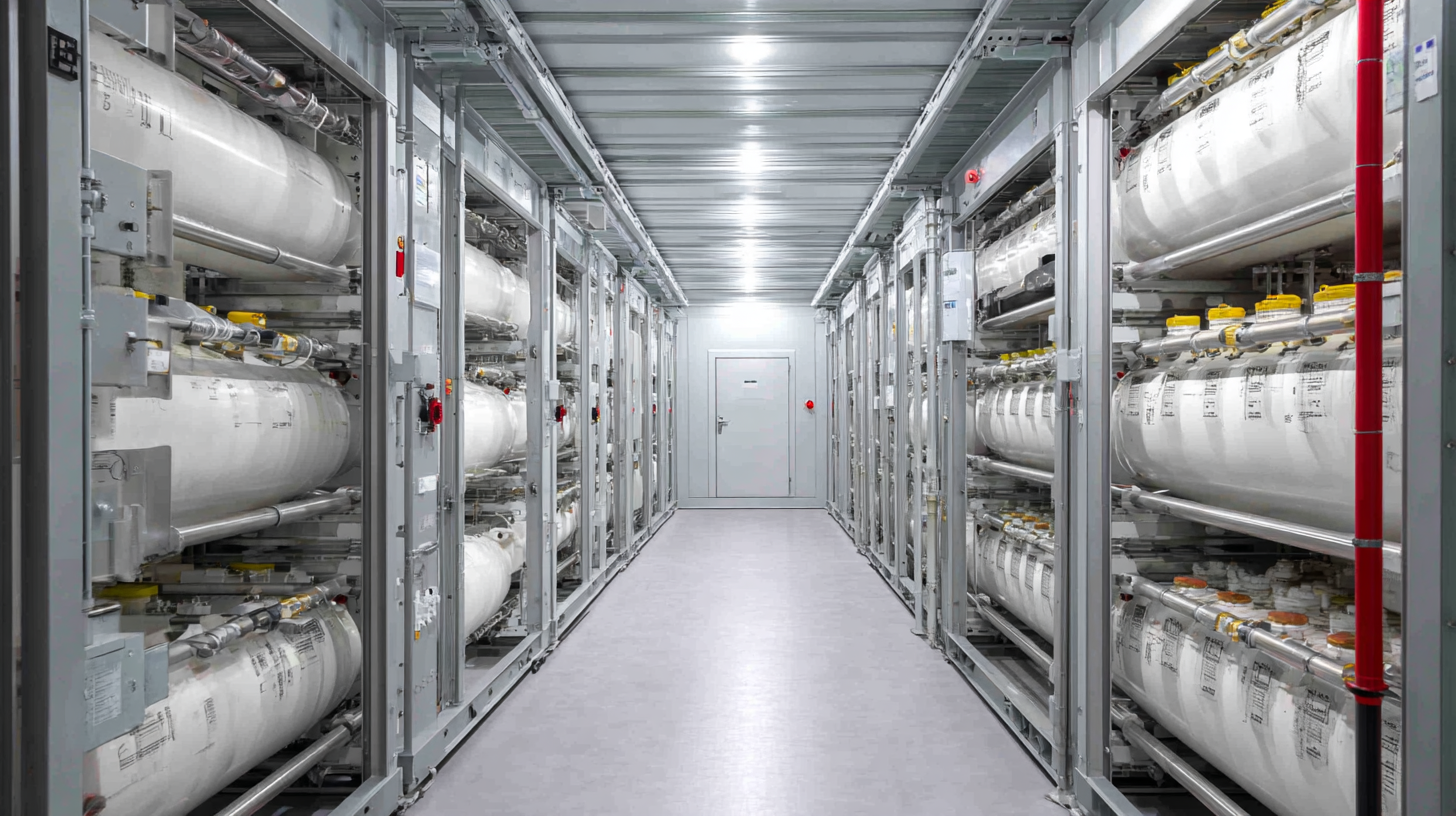
Effective Cryogenic Storage not only preserves valuable samples but also minimizes energy consumption and operational costs. This guide aims to provide actionable insights on enhancing the efficiency of Cryogenic Storage systems, covering key aspects such as temperature regulation, insulation techniques, and the selection of appropriate storage containers.
By implementing these strategies, organizations can achieve maximum efficiency in their cryogenic operations, thus supporting ongoing research and innovation while safeguarding precious resources.
To optimize cryogenic storage solutions effectively, it's essential to first assess your current cryogenic storage capabilities. Begin by conducting a thorough inventory of existing systems and equipment. Evaluate their efficiency in maintaining low temperatures and the volume of materials stored. Pay close attention to factors such as insulation quality, energy consumption, and temperature uniformity within the storage environment. This assessment will help identify any weaknesses or inefficiencies in your current setup.
Next, consider the operational procedures associated with your cryogenic storage. Analyze how materials are handled, the frequency of access, and the duration items are stored. Streamlining these processes can lead to significant improvements. Implementing technology such as advanced monitoring systems can provide real-time data on temperature fluctuations and inventory levels, allowing for proactive adjustments and maintenance. Additionally, involving staff in the optimization process can foster a culture of continuous improvement, where all team members contribute to enhancing storage efficiency.
| Storage Unit Type | Current Capacity (liters) | Utilization Rate (%) | Temperature Control Range (°C) | Energy Efficiency Rating | Maintenance Frequency (months) |
|---|---|---|---|---|---|
| Vertical Cryogenic Tank | 5000 | 85 | -196 to 0 | A+ | 6 |
| Horizontal Cryogenic Tank | 3000 | 78 | -196 to -20 | B | 12 |
| Cryogenic Freezer | 250 | 92 | -180 to -80 | A++ | 3 |
| Liquid Nitrogen Dewar | 50 | 95 | -196 | A++ | 24 |
Implementing energy-efficient technologies in cryogenic systems is essential for optimizing storage solutions while reducing operational costs. One of the most effective strategies includes the integration of advanced insulation materials that minimize heat transfer. High-performance vacuum insulation and aerogel technologies can significantly reduce energy consumption by maintaining the low temperatures required for cryogenic storage. Additionally, utilizing cryogenic pumps that operate with higher efficiency and lower energy inputs can lead to substantial savings and improved system reliability.
Another critical approach involves the adoption of smart monitoring systems. Implementing IoT devices enables real-time tracking of temperature and pressure conditions, allowing for proactive maintenance and immediate adjustments to optimize performance. These systems can also leverage machine learning to predict usage patterns and optimize energy consumption further. By adopting such technologies, facilities can not only achieve significant cost reductions but also enhance the overall efficiency of their cryogenic storage solutions, thus contributing to sustainable operational practices.
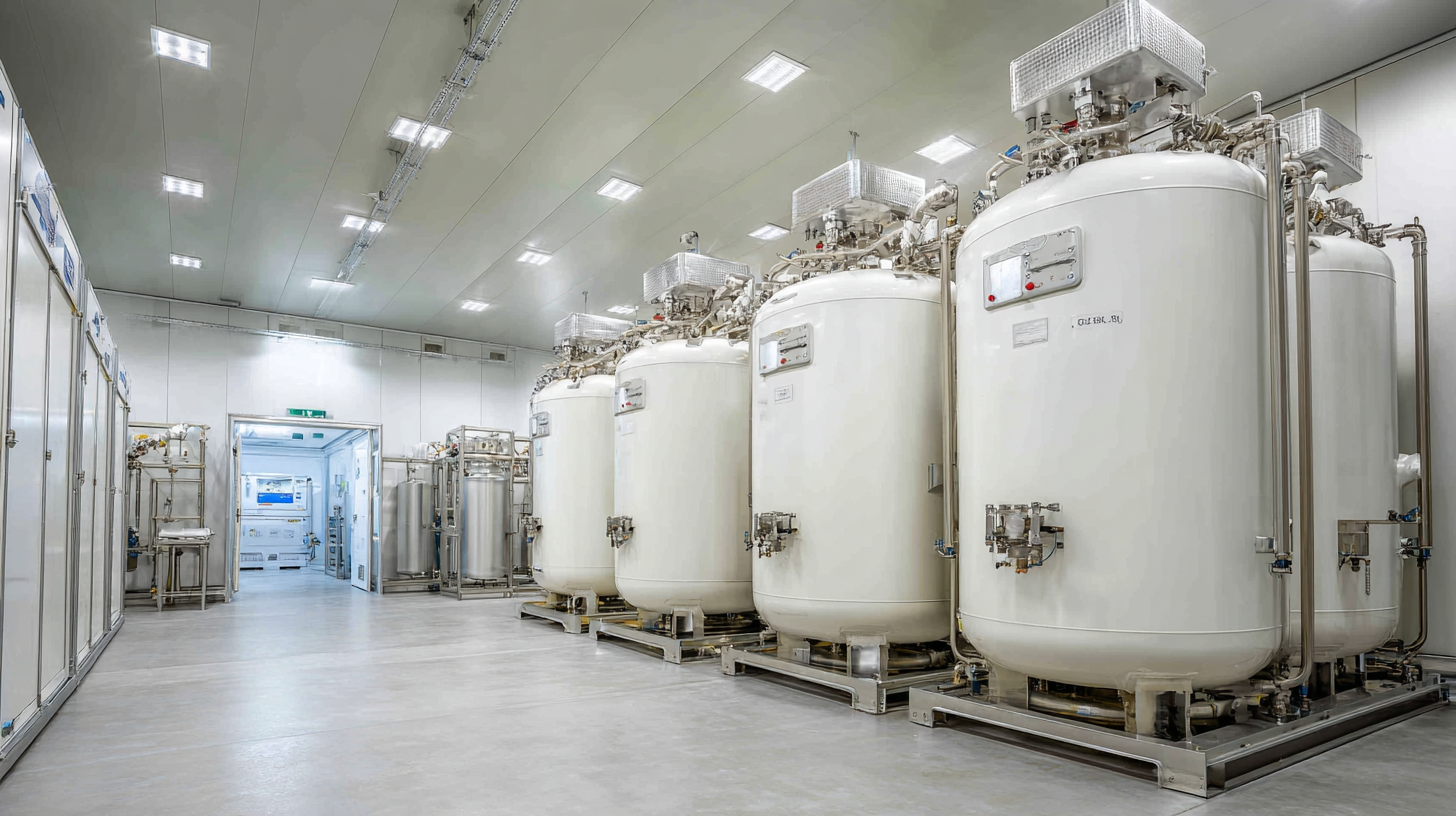
Effective temperature control and monitoring are crucial components in optimizing cryogenic storage solutions. Utilizing advanced temperature sensing technologies, such as digital thermometers and wireless sensors, can significantly enhance the accuracy and reliability of temperature readings. Regular calibration of these instruments is vital to ensure they provide precise data, allowing for prompt adjustments if any deviations in temperature occur. Additionally, the implementation of automated monitoring systems can provide real-time data to operators, enabling them to make informed decisions quickly and efficiently.
Moreover, integrating alarm systems that notify personnel of temperature fluctuations is essential for maintaining optimal cryogenic conditions. These alerts can be programmed to trigger at specified thresholds, reducing the risk of potential damage to sensitive materials stored within cryogenic freezers. Regular inspection and maintenance of cryogenic systems, including checking insulation integrity and verifying that coolants are at appropriate levels, further support effective temperature control. By adopting these best practices, organizations can maximize the efficiency of their cryogenic storage solutions and ensure the integrity of their stored materials.
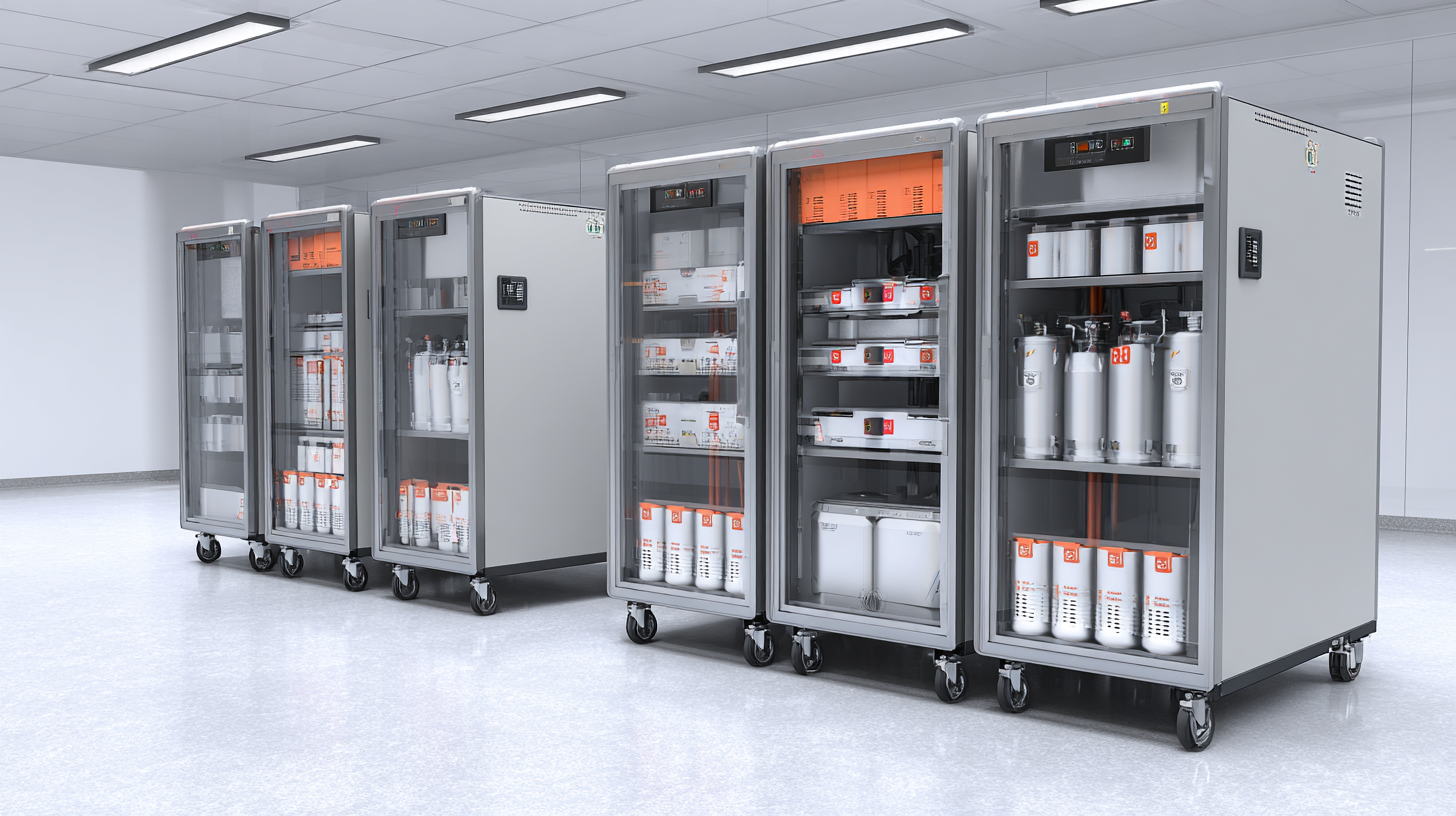
Developing Standard Operating Procedures (SOPs) for cryogenic storage solutions is essential for maximizing safety and efficiency within laboratory environments. A well-structured SOP not only outlines protocols for the safe handling and storage of cryogenic materials but also serves as an integral part of ensuring compliance with regulatory standards. According to recent studies, laboratories that implement rigorous SOPs demonstrate a marked reduction in safety incidents, with some reports indicating up to a 30% decrease in related accidents. This highlights the importance of maintaining an organized and clean laboratory, which is pivotal for operational efficiency and compliance with industry benchmarks.
To further enhance the effectiveness of SOPs in cryogenic storage, regular auditing processes should be established. Implementing an integrated approach to SOP auditing allows organizations to assess and refine their procedures continually, ensuring that they meet evolving safety and quality standards. Reports show that organizations with robust SOP auditing processes are 25% more likely to be compliant with industry regulations over time. By creating customized SOPs tailored to the specific needs of cryogenic storage, laboratories can significantly reduce the risk of accidents and improve overall workflow efficiency, thus fostering a safer working environment for all personnel involved.
This chart illustrates the efficiency levels of various cryogenic storage methods measured in energy consumption (kWh) over different storage periods (days). Our goal is to identify which methods provide maximum efficiency while maintaining safety.
Regular maintenance is crucial for ensuring optimal performance in cryogenic storage systems. Over time, equipment may suffer wear and tear, leading to potential inefficiencies in temperature control and energy consumption. Implementing a rigorous maintenance schedule, which includes routine inspections and servicing of storage units, can help identify and rectify issues before they escalate. Regular checks can extend the lifespan of refrigeration components and ensure that the insulation remains intact, thus preventing energy loss.
Upgrading systems with the latest technology is another key component in maximizing cryogenic storage efficiency. Many advancements in cryogenic storage solutions offer enhanced energy efficiency and better control over temperature fluctuations. By integrating state-of-the-art monitoring systems that provide real-time data analysis, operators can make informed decisions about adjustments to storage conditions. Investing in upgrades not only improves performance but can also lead to significant cost savings in energy consumption over time.
